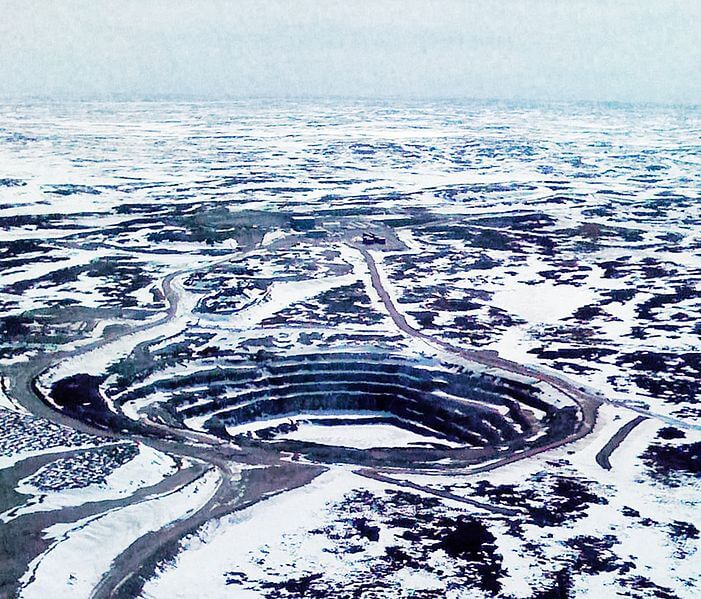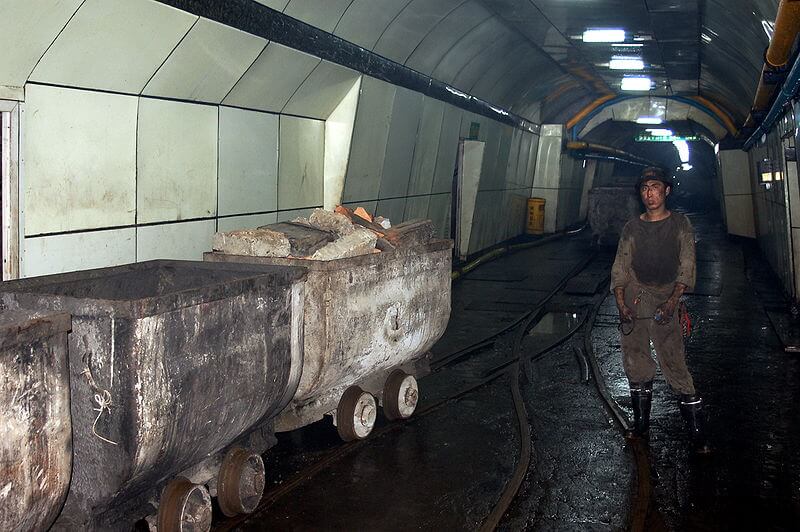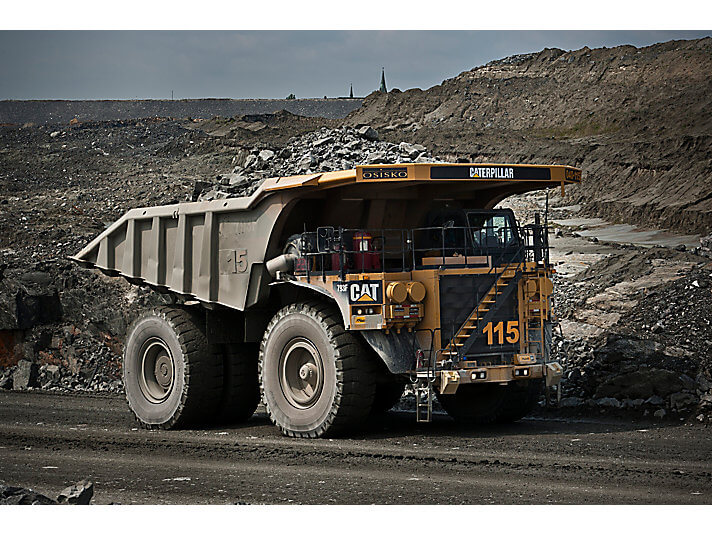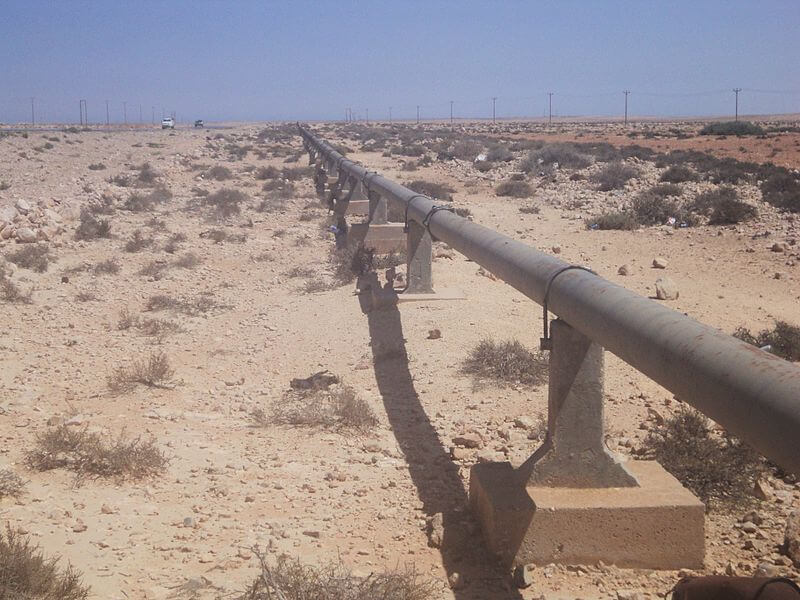Table of Contents
- 1. The cost of contraction: mining productivity hits new lows
- 2. Matching supply to demand: market imbalances wreak commodity price havoc
- 3. The remaking of mining: exploring the innovation imperative
- 4. Finding funding: debt up, deals down, and juniors fight for survival
- 5. The project pipeline stutters: record impairments call capital allocation practices into question
- 6. Power to the people: local community demands ramp up
- 7. Resource nationalism spreads: government relations marked by rising hostility
- 8. Crackdown on corruption: a zero tolerance regulatory environment complicates compliance
- 9. Changing the safety equation: the change of mining culture from zero harm to zero fatalities
- 10. A dearth of skills: the talent gap slinks into executive suites

Photo: Tom Churchill
The latest report made by the agency Deloitte, entitled “Tracking the trends 2014”, lists the top 10 mining trends for the next year, showing how the companies can adapt their work to the ever changing industry dynamics.
According to the document, quoted in a press release, mining firms will continue to be confronted with the compounding challenges of cost inflation, falling commodity prices, supply-demand imbalances and decreased productivity levels.
The report adds that the Canadian mining companies need to change the way they do business to weather ongoing market volatility and remain viable into the future. These firms should embrace innovation and revise their core systems and processes, applying new approaches to financial, safety and talent management programs. Glenn Ives, Deloitte’s Americas Mining Leader, says there are things that must change:
Business as usual is no longer an option for Canada’s mining companies. Despite the weakness of commodities markets, both operating and capital costs are stubbornly high and rising. In fact, the mounting costs of doing business topped our list of trends for the third year in row. Rather than one-off cost cutting measures, mining firms need to implement sustainable cost management programs that improve efficiency, productivity and shareholder returns across their operations.
According to the sixth edition of the report “Tracking the trends”, these are the top 10 issues for the mining sector in 2014, along with some solutions companies can consider.

1. The cost of contraction: mining productivity hits new lows
Despite commodity price weakness, input and production costs remain stubbornly high. To reduce costs sustainably, miners must improve their overall productivity, strengthen their management and reporting systems, use analytics to uncover their underlying cost drivers, and rationalize their supply chains.
2. Matching supply to demand: market imbalances wreak commodity price havoc
Ongoing global economic weakness and the short-term decline of demand out of China has pushed down commodity prices, resulting in industry performance dips. However, long-term demand indicators remain robust. Rather than mothballing projects, miners should find ways to weather current supply/demand imbalances.

3. The remaking of mining: exploring the innovation imperative
Genuine performance improvement comes only when companies revise their underlying systems. Miners should innovate by adopting technologies to enable mine design and planning, energy supply, as well as adoption of emerging technologies.
4. Finding funding: debt up, deals down, and juniors fight for survival
Weak shareholder returns and industry impairments have shut off equity markets. Traditional lenders also are pulling back from the mining sector. Although major diversified companies responded by issuing bonds, juniors have been hard hit. This may represent an acquisition opportunity for mining companies with large cash holdings.

5. The project pipeline stutters: record impairments call capital allocation practices into question
In response to demands from investors and analysts, mining companies developed massive project pipelines. Investment in marginal projects, however, has led to record asset impairments. To turn the tide, miners need more robust project scoping processes, governance systems, and risk control mechanisms.
6. Power to the people: local community demands ramp up
Social media trends and attention from monitoring and standard-setting bodies put corporate reputations and market valuations at risk. Miners should take a nuanced approach to stakeholder relations, including developing local supply bases, improving communications, sharing infrastructure among various economic clusters, and sourcing local labor.

7. Resource nationalism spreads: government relations marked by rising hostility
Governments demand contributions from the mining sector in the form of taxes, royalties, and other concessions. Mining companies must improve government relations and governments need to foster greater regulatory stability. Miners should open a dialogue by forming policy development lobbies, coordinate local infrastructure projects, engage citizens, and negotiate with all levels of government.
8. Crackdown on corruption: a zero tolerance regulatory environment complicates compliance
To improve compliance, mining companies should adopt appropriate internal controls and policies, engage in compliance audits and risk assessments, and upgrade their systems to support sufficient reporting detail.
Photo: NARA
9. Changing the safety equation: the change of mining culture from zero harm to zero fatalities
Fatalities in the mining industry remain high. Mining companies need a more sophisticated approach to safety analytics. Companies should model high-risk events, re-examine their workplace practices and break down the data silos that prevent them from accurately identifying safety incident patterns.
10. A dearth of skills: the talent gap slinks into executive suites
Talent shortages remain an issue in the mining industry, even in executive positions, and will widen as the workforce ages. Closing the gap requires the adoption of new talent management strategies. Miners should standardize systems, embrace new training environments, and take the steps necessary to attract both skilled management and sector-savvy directors.
